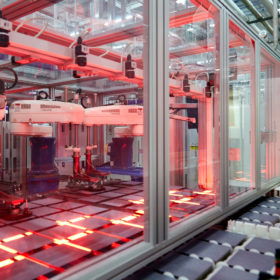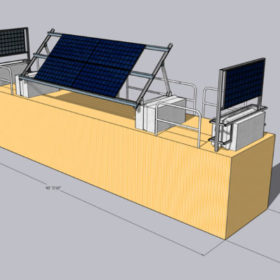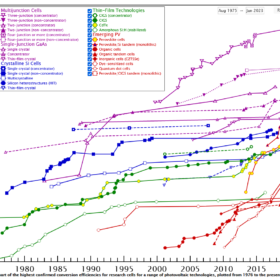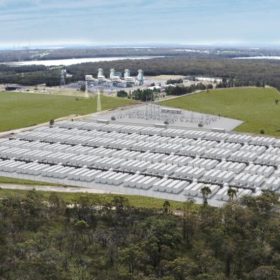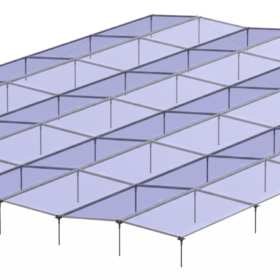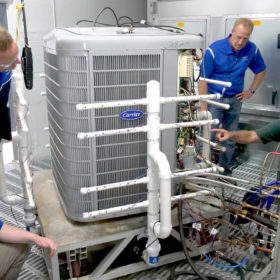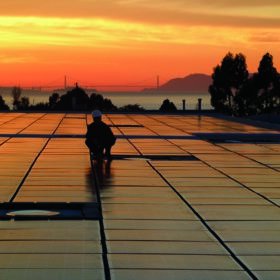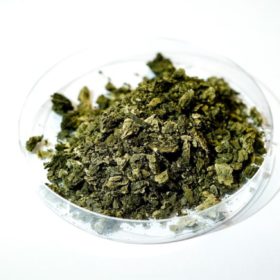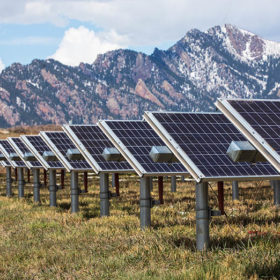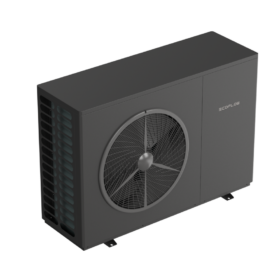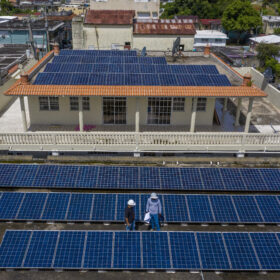Canada set to hit 5 GW milestone
Canada is set to install 500 MW of new solar in 2022, bringing its total capacity to about 5 GW, according to data from Canmet Energy. The country is expected to hit 35 GW of total solar capacity by 2050.
Qcells, European consortium launch production line for tandem silicon-perovskite solar cells
South Korea-based Qcells and a research group led by Helmholtz-Zentrum Berlin (HZB) have established a pilot manufacturing line for silicon-perovskite tandem cells in Thalheim, Germany. The project aims to speed up the technology’s mass manufacturing and market penetration.
Solar for extreme Arctic conditions
US researchers have installed a pilot 4.3 kW solar system at Oliktok Point, Alaska, north of the Arctic Circle. They want to determine which PV system designs and technologies are most efficient in extremely cold climates with limited sunlight.
NREL updates interactive chart of solar cell efficiency
The US National Renewable Energy Laboratory (NREL) has released a new, interactive version of its research cell efficiency chart for a range of PV technologies.
Powin, BlackRock start working on world’s largest battery
US battery specialist Powin and US investment firm BlackRock have started work on a 909 MW/1,915 MWh battery energy storage system (BESS) in Australia. Construction is set to begin in 2023 and will finish by mid-2025.
GameChange Solar launches mounting system for east-west oriented solar parks
GameChange Solar designed its new fixed-tilt racking system to maximize module density, with a ground coverage ratio of up to 98%. The systems costs $0.039/W in the United States and $0.029/W in other markets, for a typical 105 mph wind load.
Air-source heat pump for harsh, cold climates
Carrier will soon begin field tests for a prototype air-source heat pump for cold climates. It is designed to provide high-efficiency heating performance in harsh climates with temperatures equal or below negative 20.2 degrees Fahrenheit, while being grid-interactive. The heating tech specialist expects to commercialize the solution by 2024.
PV modules with longer lifetimes could slash demand for materials
The National Renewable Energy Laboratory (NREL) says in a new report that PV module lifetime extensions should be prioritized over closed-loop recycling to reduce demand for new materials.
Algae could boost solar panel efficiency by 4%
A Swedish team has inaugurated a pilot facility to mass produce algae material that can potentially boost silicon solar module efficiency by 4% and thin film by 36%. The algae are added to the encapsulant in silicon-based modules or to the anti-reflective coating on the glass of thin film modules. The team estimates the resulting modules would be 3.9% cheaper.
Cooling down solar modules by increasing space between panel rows
A U.S. research team claims to have demonstrated that increasing the spacing of solar panels between rows improves PV system efficiency and economics by allowing airflow to cool down the modules. The method could improve a project’s LCOE by as much as 2.15% in certain climates.

